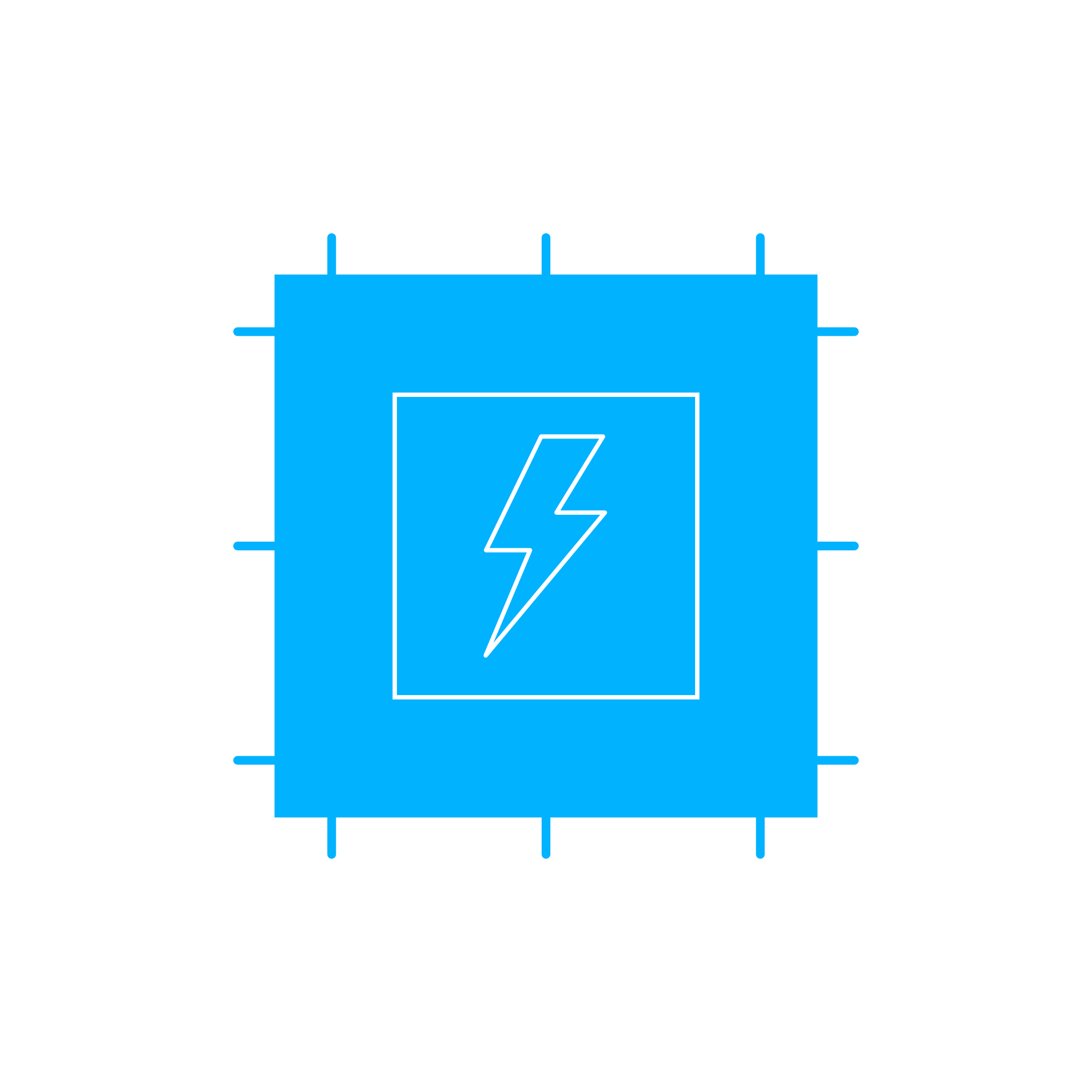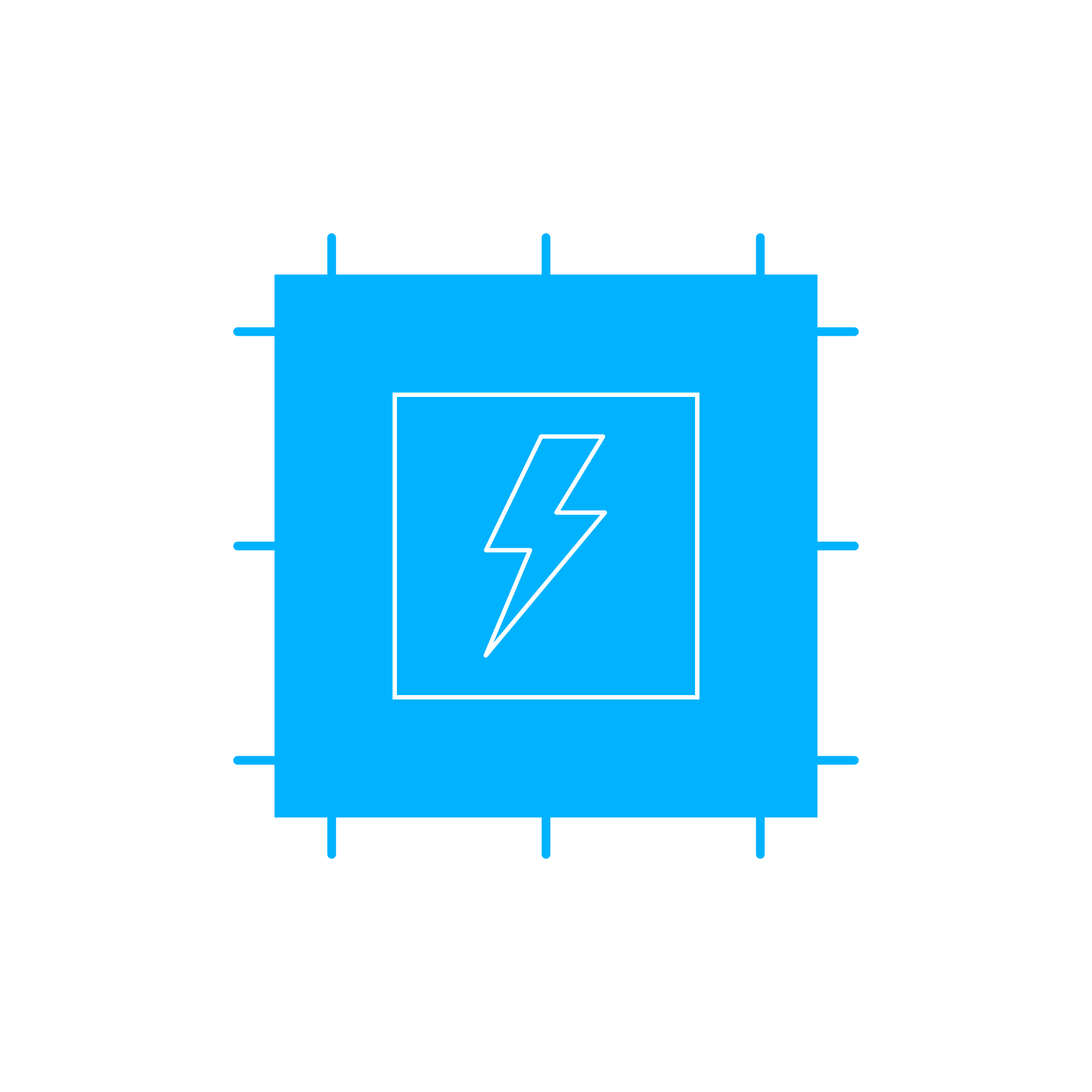DIODE integration in Electric Components and Switches for marine and diesel engines
Electric components and switches are the nervous system of modern engines. In marine and stationary diesel and gas applications, they route power, protect circuits, enable control and safety functions, and provide the interface between sensors, controllers, and actuators. This article category covers contactors, relays, push buttons, limit and pressure switches, circuit breakers, rectifier assemblies, control modules, and protective semiconductors. Together, these parts ensure reliable starting, charging, fuel delivery, ventilation, and shutdown—functions that are mission-critical for ship operation and power generation.
Within this category, the DIODE plays a surprisingly central role: it rectifies alternator output, blocks reverse current, suppresses inductive spikes from coils, and shields sensitive electronics in harsh environments. When paired correctly with switches and control devices, DIODE solutions help stabilize voltage, reduce electromagnetic interference, and prolong the life of the engine’s electrical architecture.
Technical function of electric components and switches with DIODE roles
In a diesel engine or marine engine, electric components and switches coordinate energy flow and logic. Contactors and relays switch high currents to starter motors, fuel pumps, and cooling fans; selector and emergency-stop switches provide human control; circuit breakers isolate faults; and control modules interpret sensor inputs. The DIODE is embedded across this architecture to enforce current direction and protect against voltage transients.
DIODE functions across the engine’s electrical system
Alternator rectification: A three-phase alternator requires a rectifier bridge—an array of DIODE elements—to convert AC to DC, delivering stable charging voltage to batteries and DC buses. If a rectifier DIODE shorts, the alternator can overheat and undercharge; if it goes open, phase current is lost and charging becomes unstable.
Flyback suppression: When a relay or solenoid coil in a diesel engine is de-energized, the collapsing magnetic field generates a high-voltage spike. A snubber or flyback DIODE clamps this spike, preventing damage to engine control modules and reducing arcing across switch contacts. This translates into cleaner switching, fewer resets, and longer contact life.
Reverse-polarity and backfeed protection: Blocker DIODEs prevent current from flowing backwards into sensitive loads, and battery isolator DIODE assemblies stop one battery bank from discharging into another—vital for marine engine starting banks and auxiliary systems.
Transient protection: TVS (transient voltage suppressor) DIODEs absorb surge energy from load dumps or lightning-induced transients, safeguarding ECUs, sensors, and displays—especially important on vessels with long cable runs and multiple generators. Specifying TVS DIODE ratings to match OEM parts and system voltage is key to dependable protection.
- · Robust against vibration and shock; designed for engine-room duty cycles.
- · Rated temperature ranges suitable for hot compartments and cold starts.
- · Corrosion-resistant housings and terminals for saline marine atmospheres.
- · Clear labeling and terminal coding for fast, error-free installation.
- · EMC compliance to reduce noise on control and communication lines.
- · Integrated DIODE protection on coils and control boards for reliability.
- · Coordinated short-circuit and overload protection matching system curves.
- · Service-friendly formats with plug-in bases, test points, and status LEDs.
Importance for engine operation and service life
Reliable power distribution and precise switching are fundamental for engine availability. If an engine’s electric components and switches drift out of specification, contacts can pit and overheat, causing voltage drops to the starter or fuel system; relays may chatter, introducing erratic control signals; breakers might nuisance-trip under thermal stress; and ECUs can experience brownouts. A single failed DIODE in the rectifier can produce harmonic ripple that shortens battery life, triggers alternator overheating, and corrupts sensor readings. Without proper flyback DIODE suppression, coil-induced spikes accelerate insulation breakdown and damage control modules—leading to costly downtime.
In marine service, the stakes are higher: a failed selector switch can disable redundancy, a compromised emergency-stop circuit can become unsafe, and salt ingress can speed up failure if component seals and coatings are not matched to the environment. Properly engineered electric components and switches, supported by correctly rated DIODE protection, keep starting systems crisp, charging stable, and safety interlocks dependable—extending the engine’s service interval and protecting high-value assets onboard.
Advantages of OEM spare parts suitable for electric components and switches
For performance-critical systems, OEM spare parts suitable for electric components and switches offer measurable benefits. Electrical ratings, contact materials, and thermal characteristics are aligned to the specific diesel engine or marine engine platform. Coil voltages, pick-up/drop-out thresholds, and DIODE suppression types match the control strategy of the engine manufacturer, ensuring drop-in functionality without field modification.
Traceability and consistent production tolerances provide predictable behavior under load and temperature, reducing troubleshooting time. Class and industrial standards (e.g., IEC 60092 for shipboard electrical installations, ISO 16750 for road/off-road) are built into the design, supporting compliance and inspections. From a budgeting perspective, the right OEM spare parts minimize unplanned downtime, reduce repeated replacements, and protect downstream components—including alternators, batteries, and ECUs—by maintaining the intended DIODE and switch protection scheme.
- · Fit-for-purpose ratings that match engine load profiles.
- · Validated DIODE assemblies for rectification, isolation, and surge protection.
- · Proven durability under vibration, temperature cycling, and saline exposure.
- · Documentation and data sheets for quick comparison and approval.
- · Lower lifecycle cost through longer MTBF and consistent performance.
- · Seamless integration with existing harnesses and control modules.
MOPA as your partner for OEM parts: Electric components, switches, and DIODE solutions
MOPA is an experienced and reliable partner for OEM spare parts suitable for electric components and switches. We move fast—from inquiry to shipment—so critical DIODE rectifiers, relay modules with integrated suppression, contactors, and safety switches reach your site without delay. Our focus is on quality and security in the trade of OEM parts for diesel and gas engines, backed by careful sourcing, product verification, and efficient logistics for shipowners, yards, and power plant operators.
Whether you need a DIODE rectifier pack for a marine engine alternator, coil-suppressed relay blocks for a diesel engine control cabinet, or sealed switches for deck-mounted equipment, MOPA provides a dependable supply channel with technical clarity and consistent service.
Conclusion
Electric components and switches—supported by correctly specified DIODE protection—are essential to the performance, efficiency, and safety of marine and diesel engines. Selecting OEM spare parts suitable for electric components and switches preserves system integrity, reduces downtime, and extends service life. MOPA helps you secure the right parts quickly and confidently so your engines run as intended.




